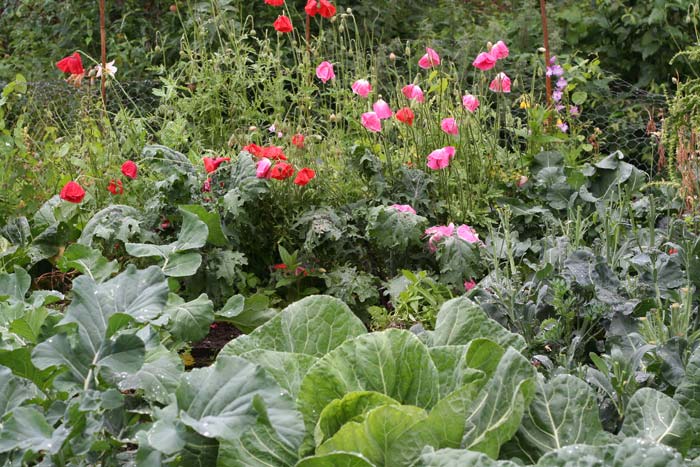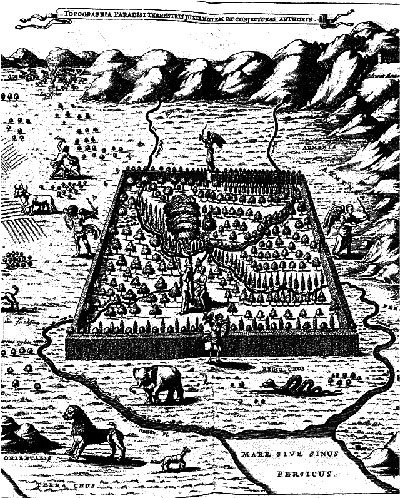They are muddled in some respects, including the design of a Japanese-ey Bridge, but they are surely right about three things:
- they place a great emphasis on the use of local materials. In a famous slate-quarrying region, slate is used in the CAT garden as a building material and as a paving material. This is a welcome contribution to the Great Cause of context-sensitive garden design. If gardens are made with standard ‘garden centre’ products they will not have local character
- CATare experimenting with the re-combination of food plants with beautiful plants in gardens. This is how gardens always used to be made. The idea of having separate ‘aesthetic’ and ‘vegetable’ zones in garden began with the renaissance
- CAT also have chickens at loose in the garden. They are ornamental and they lay better eggs than anything ever sold in a supermarket.
I would like to see CAT take these principles to the Chelsea Flower Show – and employ a really talented designer to explore and publicize them.






